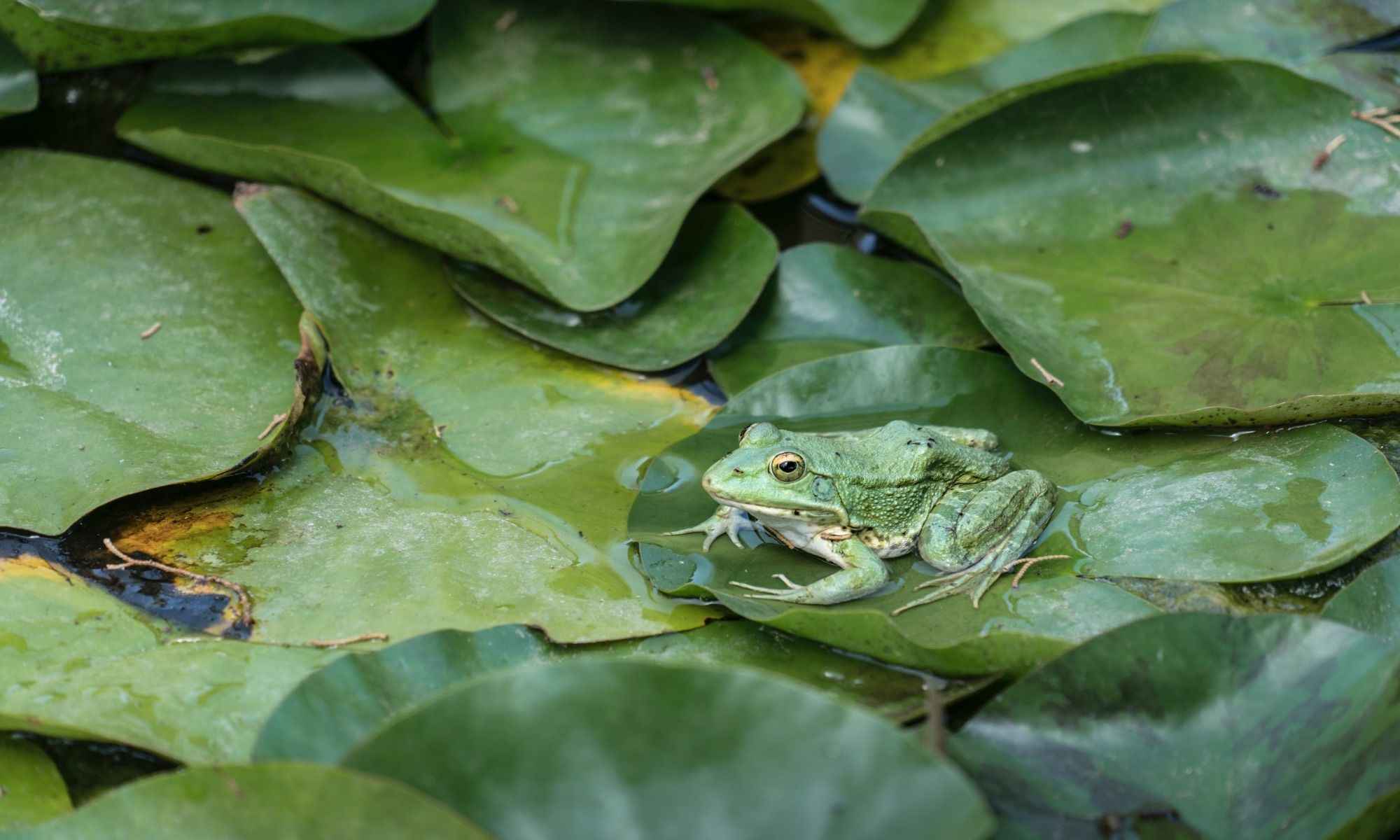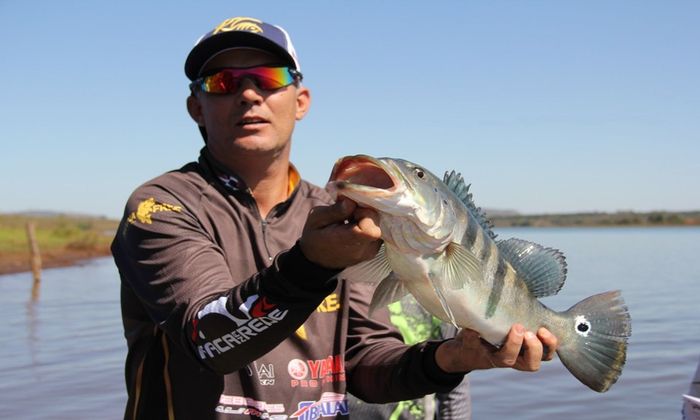How to Catch Big Bass in the Pads
Fishing in the pads is quite challenging, so here are the best tips for catching big bass.

Fishing for bass on lily pads should never be overlooked by anglers as there are some great opportunities to catch big ones. The fish usually prefer other aquatic vegetation like hydrilla, milfoil or peppergrass on lakes but in other bodies of water, lily pads are more dominant and preferred by them. Spotting a patch of lily pads in late spring and early summer is exciting because spawning season is over for bass and the heavier of them start taking up residence in the fecund cover. The vegetation can be productive for most of the year for anglers - even being used when they are dead - as bait fish still use the canopy as cover.
Ways to Catch Bass in the Pads
Where to Start
Trying to determine where to start fishing among the vastness of a lily pad field could be daunting. The best way to go about it is to break down the field by segments so it’s not so overwhelming. Looking for irregularities in the field is recommended because it’s harder to fish where it’s too thick and covered. Finding an isolated patch is also suggested as bigger bass tend to gravitate towards these areas with irregularities as they offer a larger ambush point. Largemouth bass tend to be found around the pads’ wider section where the leaves have their rounded front half. Casting your line near the V side of the leaves where it connects to the stem can get your line tangled up. The most productive spots to fish are where there are any holes or depressions one to two feet deeper than the rest of the bottom.

Fishing by Season
Spring is a great time to fish for bass that are in the state of pre-spawn or are currently spawning. You can catch a lot of two and three-pound bass when at the pre-spawn stage as they move into shallow areas covered in lily pads. In the winter, the best way to catch bass is to present slow-moving bait so they don’t snag the stems. Fishing in the summer can also be productive as larger pads provide shade and cooler water for the fish. During the fall, it’s best to find dollar-sized pads as they grow closer together, therefore, forming thick groups where they hold the biggest bass before the cold weather settles.
Lures to Use Over and Under
Bass can be driven out of the pads when there’s too much heavy fishing pressure, so it’s best to use light lures. The most popular top lure used by anglers to fish on lily pads fields are plastic frogs and toads. Other weedless lures are also great to utilize when the fish are inside the pads, which include spoons, buzz baits, and floating worms. Topwater plugs, square-bill, and lipless crankbaits, spinnerbaits, swimbaits, swim jigs, soft plastic jerkbaits, suspending stickbaits and plastic worms are your best bets when it comes to fishing by the edges of the pads. The best top lures to use to catch bass hiding under the pads are Texas-rigged plastic worms or jigs. In thick areas, a weedless lure is recommended.
Gear and Methods to Fish on Lily Pads

After finding bass in the pads and making the perfect cast, you are faced with the final challenge of pulling the fish from and through the thick vegetation. Fishing in the pads requires some heavy-duty tackle. For fishing rods, a medium-heavy to heavy rod that is preferably stiff would be ideal so you’re able to have enough strength to pull the fish through the pads. A baitcasting reel and even a spinning reel are the best options for your choice of fishing reel. You want to make sure that you’re using a fast gear ratio reel to land the fish as quickly as possible if they try to swim down into the weeds. It’s best to avoid a fluorocarbon fishing line because it sinks and you’ll need something buoyant that won’t mess with your lure’s action. A braided line would be the best choice because it floats, is tougher, and doesn’t stretch like monofilament lines. Flipping rigs and jigs is a common method to catch bass in the vegetation. Anglers should set their hooks as well to ensure good bite penetration and a better chance of pulling them through. Punch skirts are also great additions to use with rigs and plastics as they do an incredible job of getting bait through the growths.
Other Helpful Tips
- Find the most active section in a lily pad field because where the live baits are, there’s likely to be more hungry bass.
- Set the hook immediately when the bass strikes in the pads.
- Hold your reel high and reel as fast as possible so the bass’ head doesn’t have a chance to burrow into the stems when you hook it.
- If the bass gets tangled in the lily pad stems, put the trolling motor on high, go the pads and pull it out by hand.
- Concentrate on areas with unusual features among a lily pad field including isolated patches of pads, a log or stump emerging from the pads, and generally isolated openings.
- If you’re using a frog lure, cut one of the legs shorter as it’s likely to get better bite action because it provides a more intriguing and natural movement through the water, enticing the fish. Additionally, both popping and walking style hollow body frogs work fantastically.
- Don’t cast right on top of where the fish are as they spook easily. Instead, cast past them and have the lure swim on top of the fish.
- Cast as close to the shore as possible when the fish are on the tops of the pads and have it swim to where the fish are. You can also cast right to the shore with weedless lures and drag it slowly through the water.
- Don’t give the bass tension to work with when you snag them because they can use it against you by rubbing the hook along the lily pad stalks and shaking it free. Immediately give your cast a ton of slack as it causes the fish to swim back to open water where it will be easier for you to pull them.
- Don’t pull sideways into the pads when you hook a fish, fight them across and out of the pads or move in with your boat and lip them.
- Depending on the circumstances and conditions, some bass are effectively caught aggressively or finesse fishing would be the way to go.
- Fluorocarbon fishing line could be better used during flipping, especially in sparse areas.




